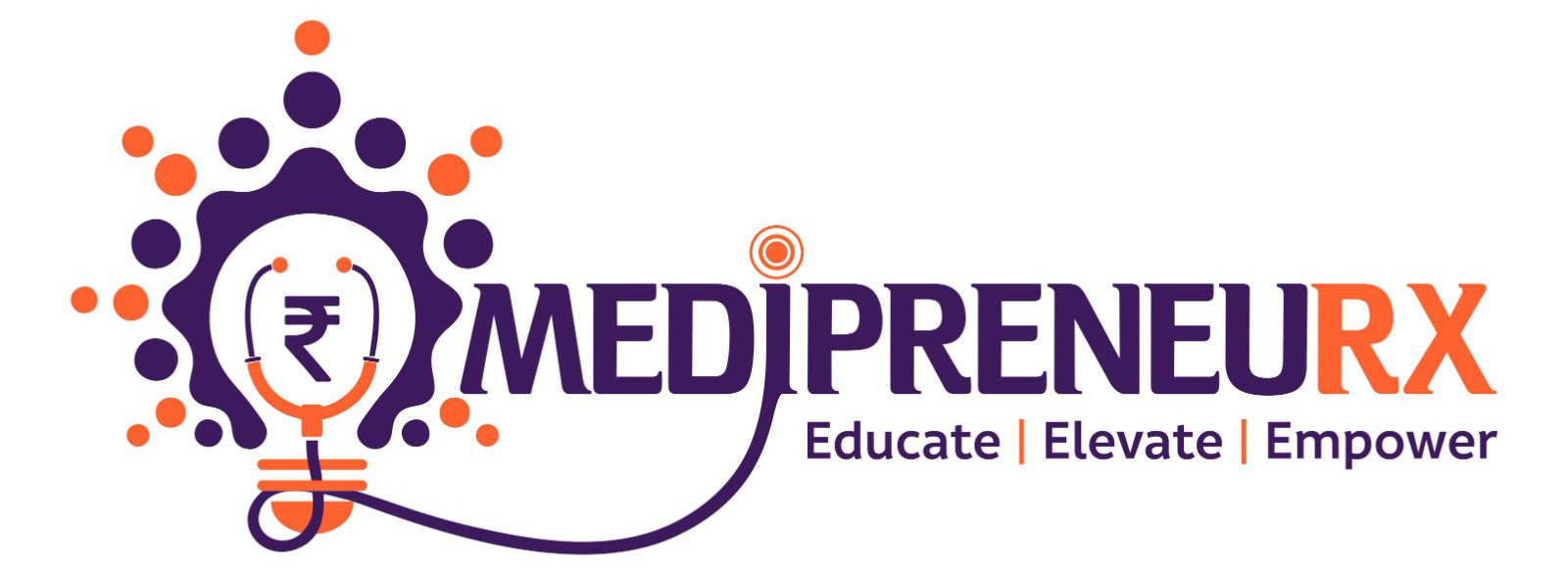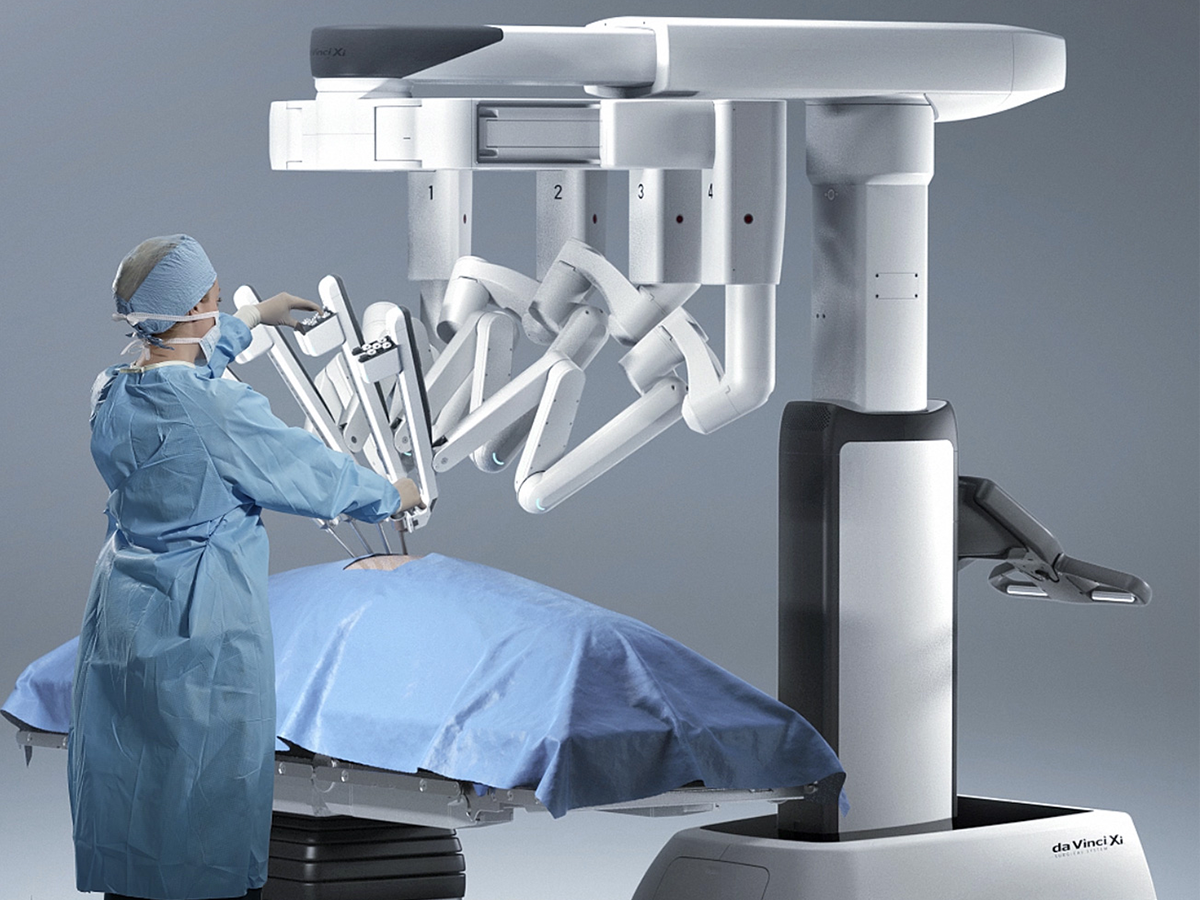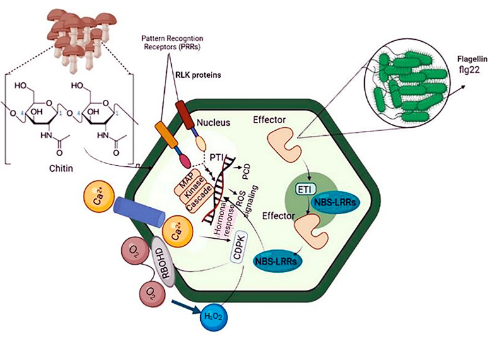In the healthcare industry, artificial intelligence (AI) has become a useful technology that helps doctors with a variety of patient care tasks. While AI has historically been thought of as a medical professional’s helper, a recent Stanford Medicine study shows that it can also act as a catalyst, especially when it comes to encouraging cooperation between physicians and nurses to improve the effectiveness of patient care.
The study, which was published in JAMA Internal Medicine, describes an AI-based model that Stanford Hospital used to notify doctors and nurses when a patient was expected to see a fall in health. The study’s senior author, Dr. Ron Li, a clinical associate professor of medicine, emphasizes the value of this alert system in fostering effective relationships between medical professionals and possibly averting patients from declining to the point where they need intensive care.
The AI model’s algorithm makes use of real-time information from test findings, EHRs, and vital signs to forecast patient decline. Since it is not feasible for doctors to keep an eye on all of these data points for each patient, the model runs in the background, evaluating results every 15 minutes to determine a risk score. The care team receives an alarm from the model when it anticipates a patient decline, which allows for prompt intervention and avoids the need for escalation to critical care.
While conversations and handoffs between doctors and nurses are customary during shift changes, Dr. Li notes that hospital dynamics and hectic schedules might make it difficult to standardize these communication channels. By alerting doctors to patients who need extra care, the AI algorithm facilitates more efficient communication.
In the beginning, the approach was less successful as it only informed medical professionals when a patient was already losing ground. The algorithm was then improved to concentrate on forecasting ICU transfers and other deterioration indicators. The tool’s evaluation, which involved almost 10,000 patients, showed notable gains in clinical outcomes, such as a 10.4% drop in “deterioration events” among patients at high risk.
The study emphasizes how doctors and nurses collaborate to identify patients who require extra care, a collaborative aspect of healthcare delivery made possible by the AI model. Although the care team’s responses have been encouraging, the model still has to be improved for accuracy and to gain the users’ trust.
The usefulness of AI in healthcare is still up for dispute, despite the encouraging outcomes. According to a research by the Congressional Budget Office, artificial intelligence (AI) tools may reduce healthcare costs by identifying individuals who might benefit from preventative measures or by detecting sickness early, but it is yet unclear how much they would save overall.
While AI has demonstrated promise in a number of healthcare applications, such as the prediction of cancer mortality, its performance has been uneven in other domains, such as the prediction of heart failure outcomes. To ascertain the precise effect of AI on healthcare outcomes and spending, empirical evidence is required.
The Stanford Medicine study concludes by highlighting the potential of AI as a healthcare facilitator, particularly in fostering clinician collaboration to improve patient care.
Source :- Healthcare Finance








